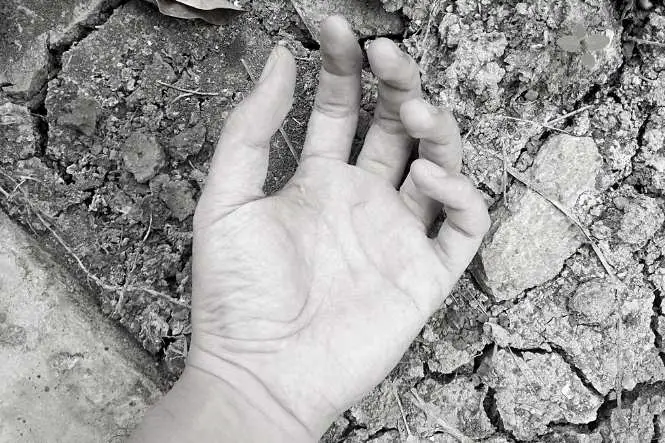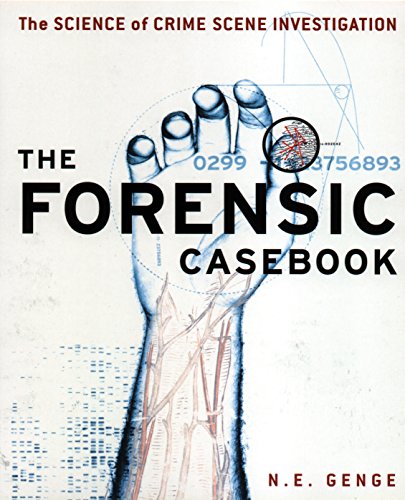Suffocation and smothering are two ways of preventing the intake of air into the lungs via the mouth. Both of these methods have been used throughout the ages as a means of committing murder and in some cases the process was applied because many thought that it could not be detected by the authorities.
Suffocation and Smothering & Forensics
Generally speaking these two practices will occur – as we have already touched upon – by placing something over the mouth and nose of the victim to prevent them from breathing.
This can be anything from an assailant’s hand to a pillow, plastic sheeting or even a plastic bag – basically anything that can and will restrict the flow of oxygen into the lungs and likewise to the brain.
In these cases where a forensic pathologist is called upon to try and determine the cause of death one of the first things he or she will do if there are no discernable wounds or marks is to check the deceased’s eyes.
If suffocation or smothering has taken place then the eyes of the deceased will be bloodshot; this is a common way of accurately determining that one of these methods has been employed.
Accidental Suffocation
Likewise suffocation and smothering can also be applied to young children who perhaps are left alone with small toys or small items that can fit into their mouths.
There have been numerous accidental deaths as a result of children putting things into their mouths and swallowing them, which in turn block the airways. This is why it is imperative that small children are (a): never left unattended and (b): not allowed to put anything in their mouths which may result in their choking.
People also die of suffocation in the instance of a house fire where there is a lack of oxygen and they cannot breathe; again if this scenario unfolds a forensic scientist or Scene of Crime Officer (SOCO) will be charged with the job of proving whether or not the victim was conscious at the time of the fire starting or if indeed they had already been deceased. This process is measured by the amount of carbon dioxide in the deceased’s system at the autopsy stage.
Although it should be said that murder – as a violent crime – is comparatively rare – in some cases the assailant has tried to cover his or her tracks by setting fire to the location at which the deceased is finally found. This could be a house, an office, a workshop, anywhere.
Throughout the investigation of a death by suffocation or smothering the pathologist will look for the tell tale signs: the bloodshot eyes, the high levels of carbon dioxide in the blood and will also look for bruising around the nose and mouth and may even collect trace evidence such as hairs and fibres from around the nose and mouth of the deceased.
As accidental suffocation or smothering is relatively common – especially in small children – it is recommended that whilst putting them to bed at night they are not tucked in and also that mattresses in their cots are flush so that no gaps are revealed into which a child could work their way into in their sleep and become trapped.
Until proven otherwise by a pathologist and subsequent inquest all cases of suffocation or smothering are treated as potentially suspicious. Read more about how a pathologist would determine the cause of death.
- New
- Mint Condition
- Dispatch same day for order received before 12 noon
- Guaranteed packaging
- No quibbles returns
- McDermid, Val (Author)
- English (Publication Language)
- 310 Pages - 07/14/2024 (Publication Date) - Profile Books Ltd (Publisher)




